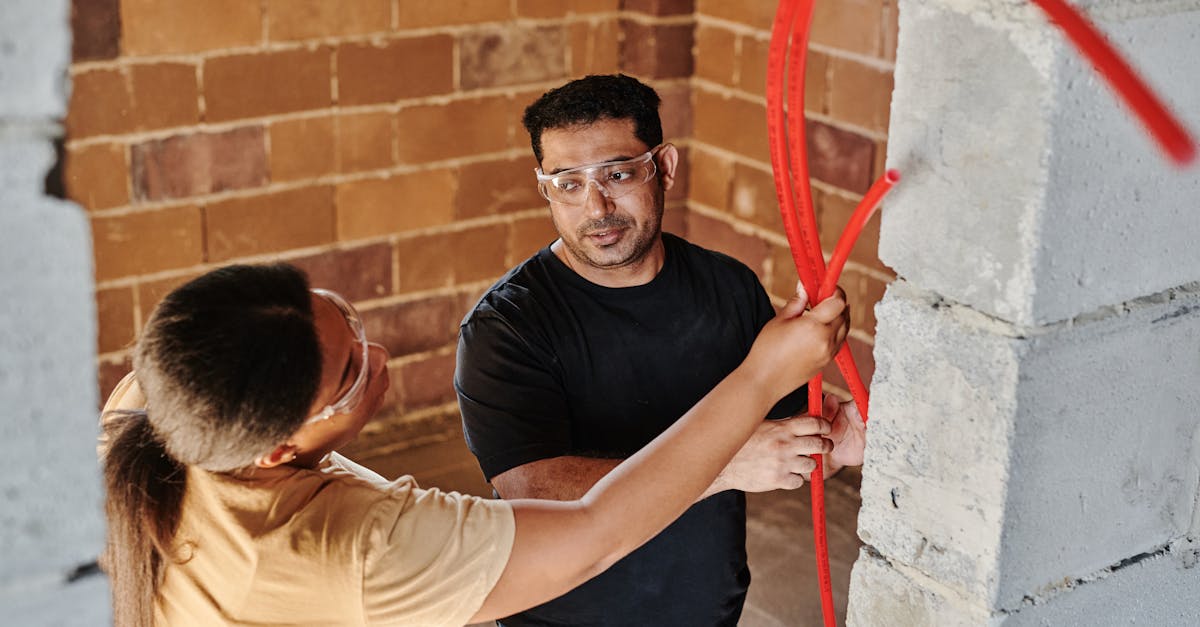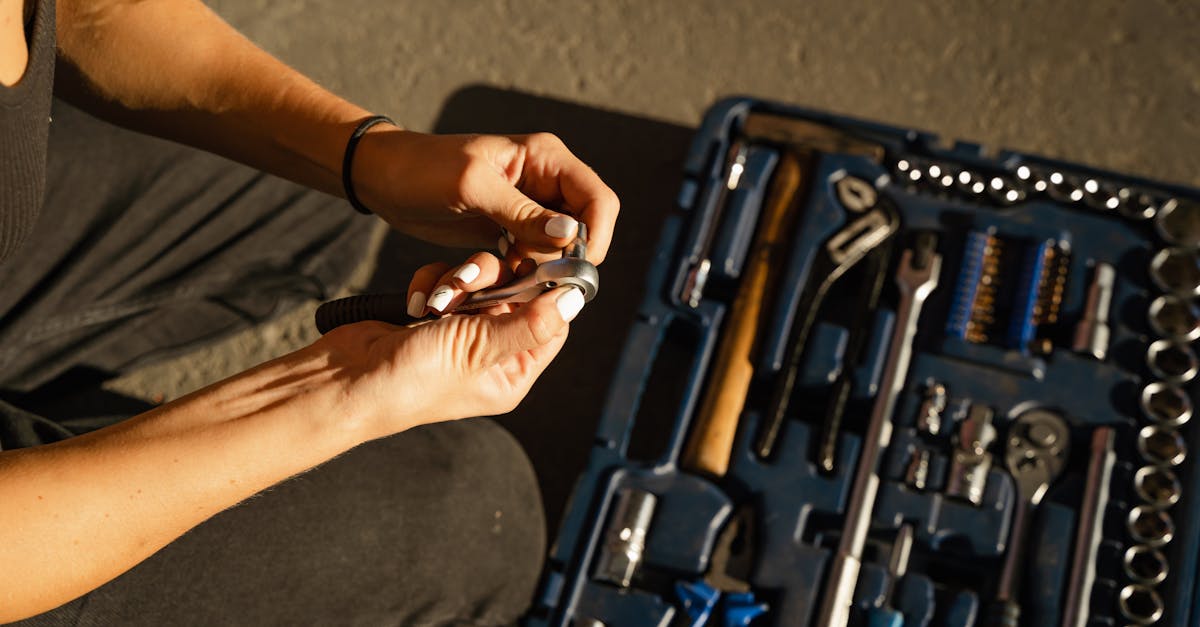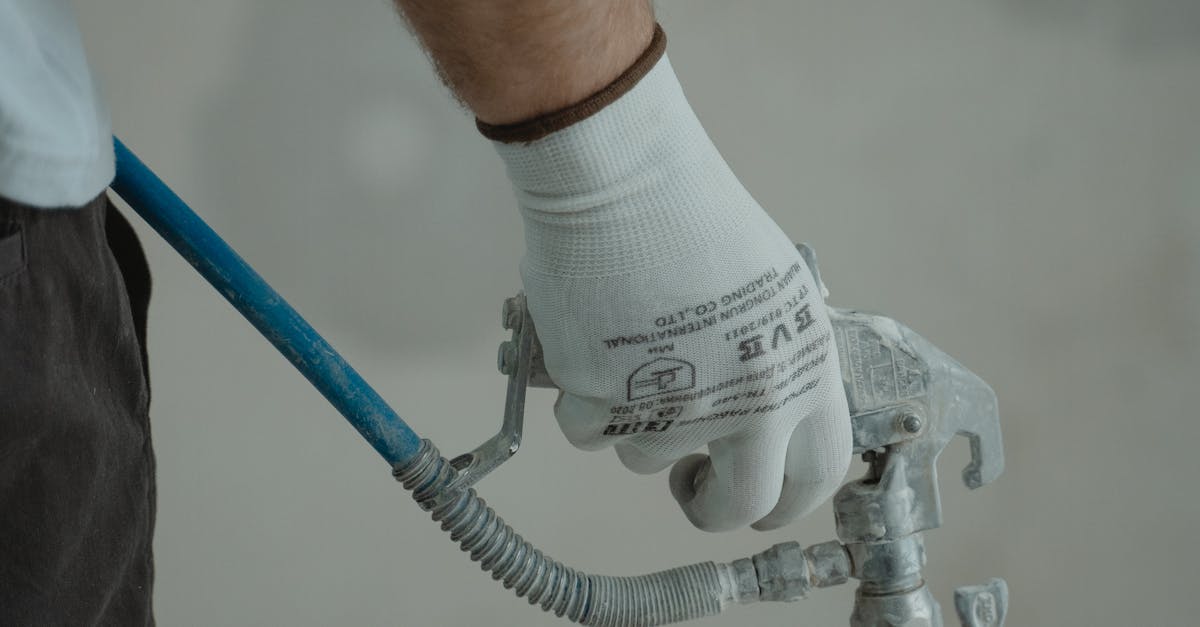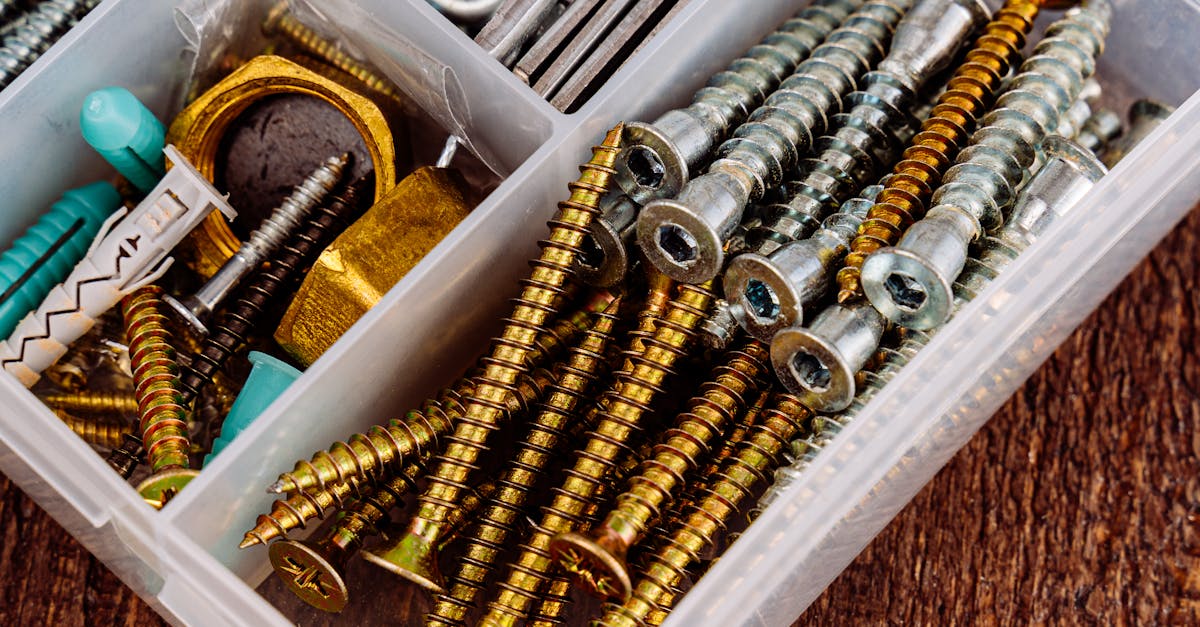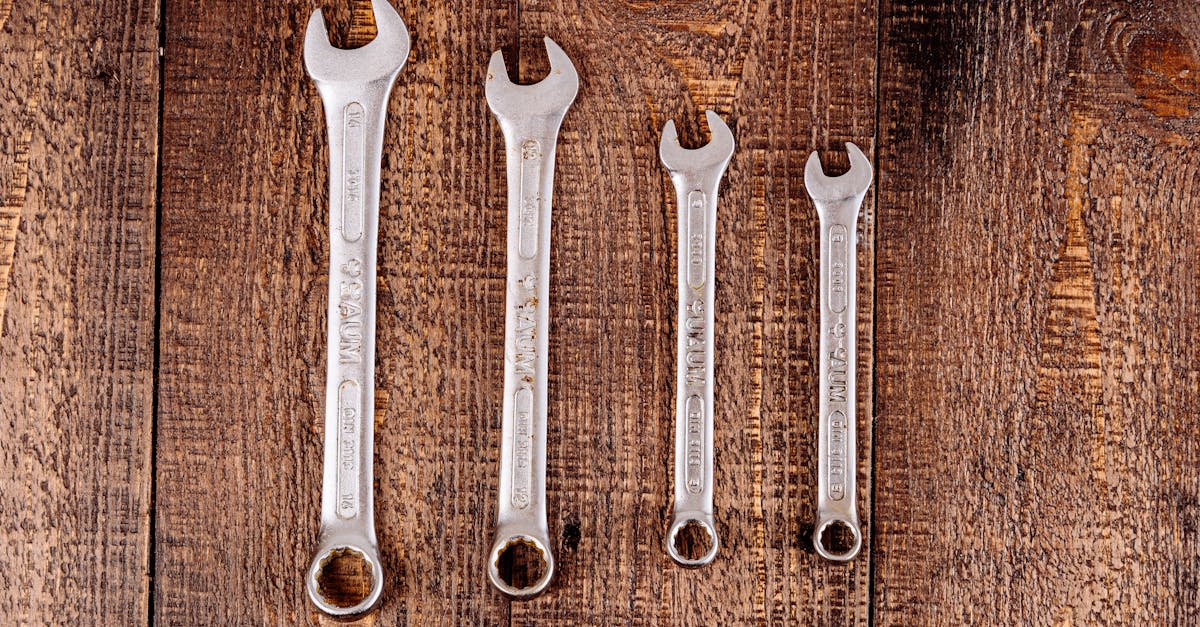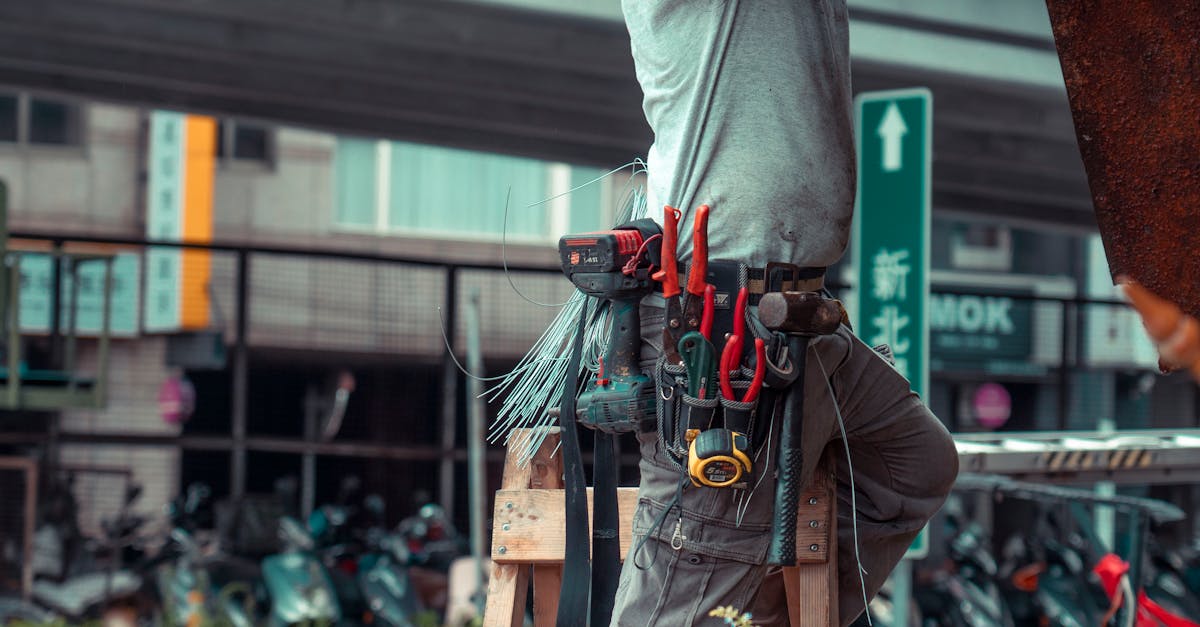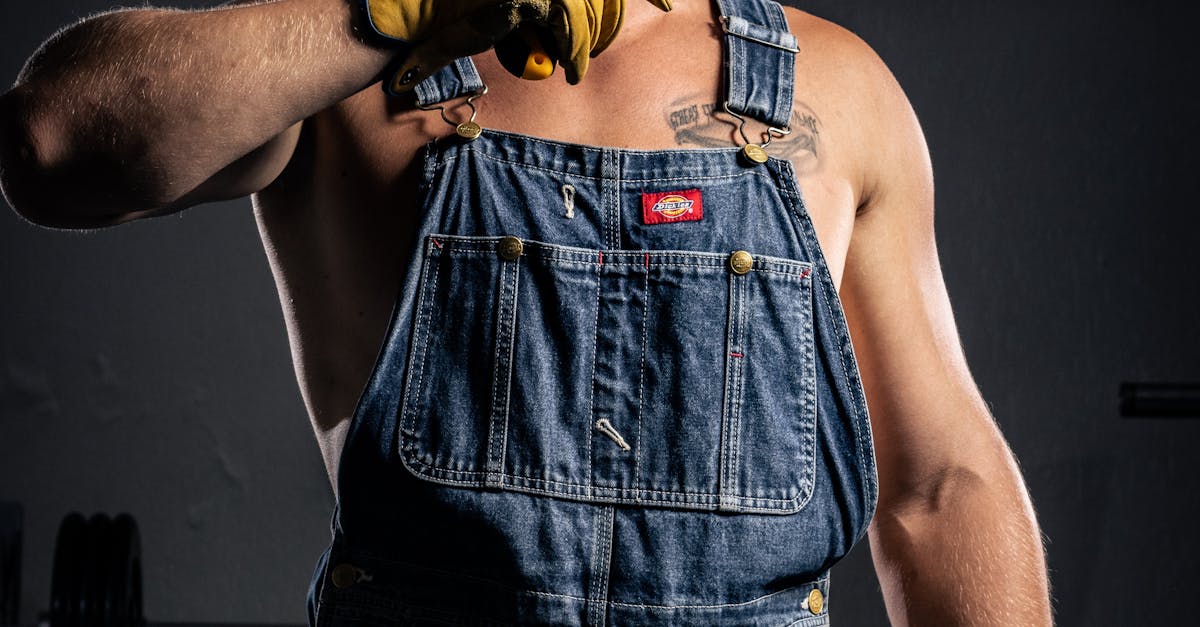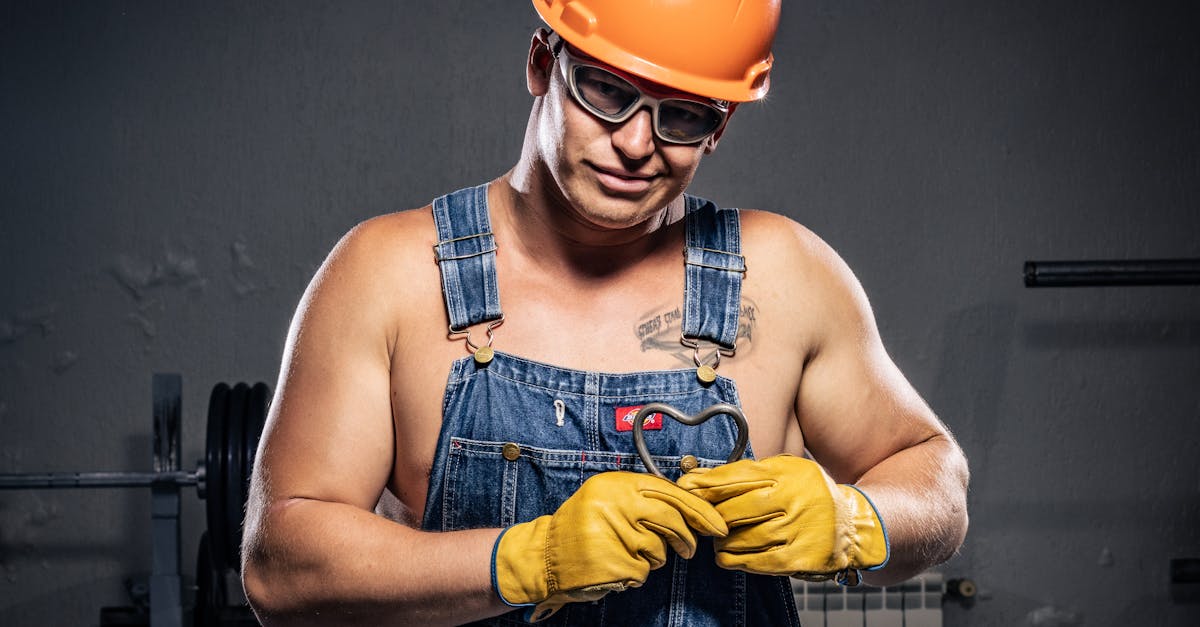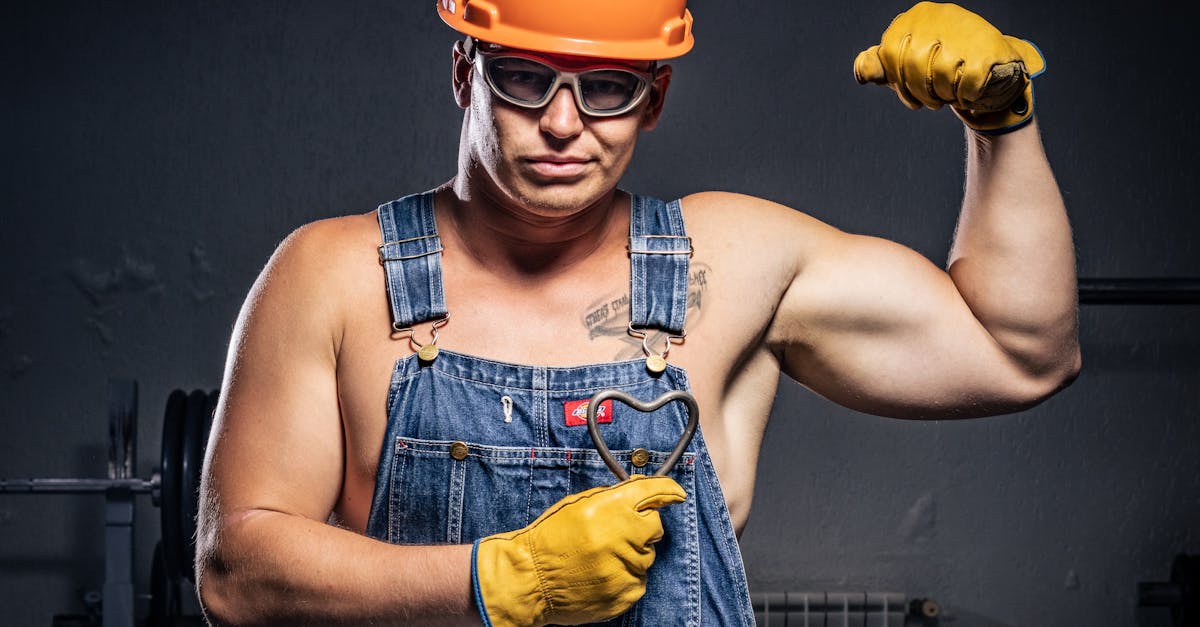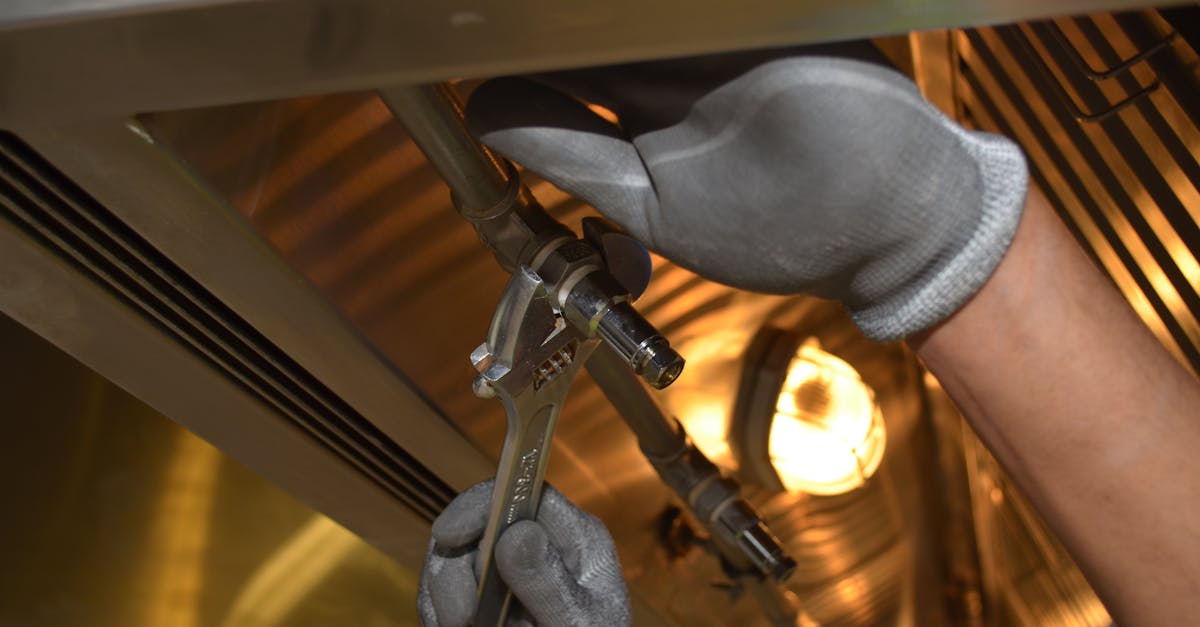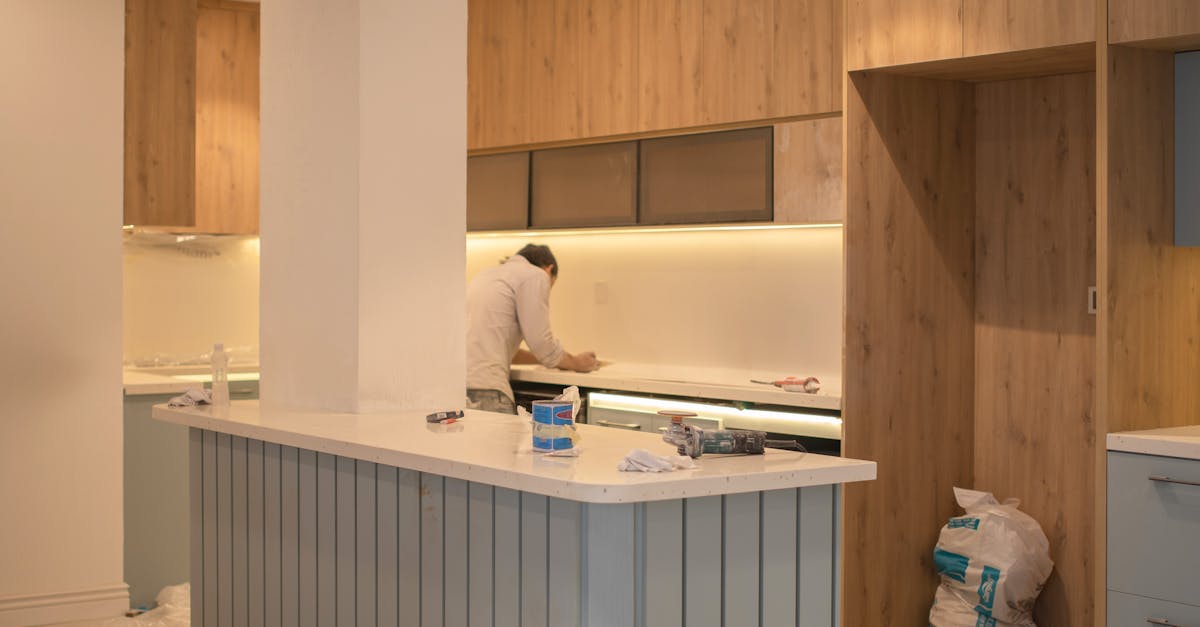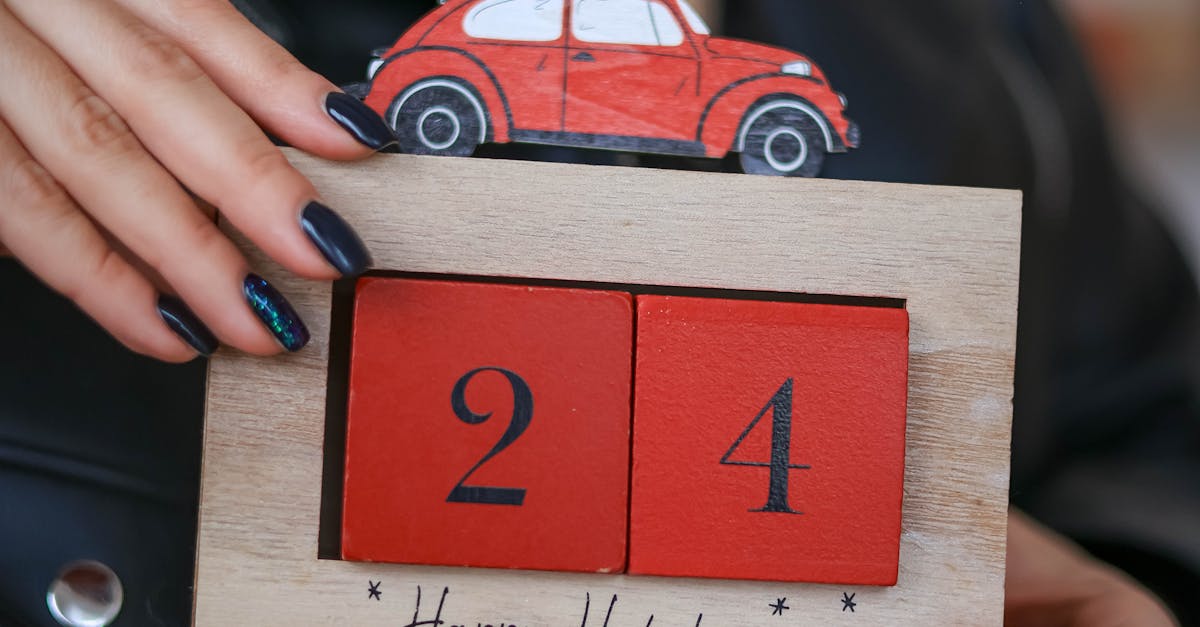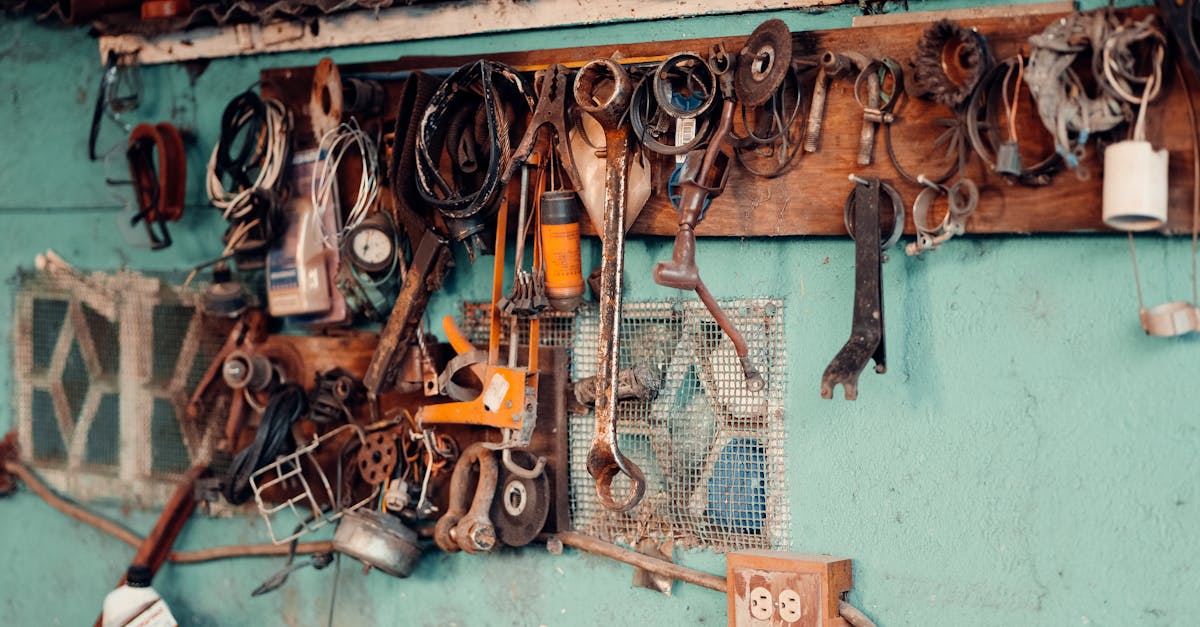
Table Of Contents
Replace Damaged Components
A leaking tap can often be traced back to damaged components. Common culprits include washers, O-rings, and seals, which are essential for preventing water from escaping. Over time, these parts can wear out due to constant use and exposure to water, leading to leaks. Examining the internal parts of your tap can reveal whether any components need replacing. This step is vital for effective leaking tap repair, ensuring that you tackle the root cause of the issue.
Once you identify any damaged elements, it is crucial to have suitable replacement parts ready. Many hardware stores offer a variety of options, so selecting the appropriate size and type for your specific tap model is essential. Having the right parts on hand simplifies the repair process and increases the likelihood of a successful fix. Investing time in this initial assessment not only leads to a more efficient leaking tap repair but also extends the lifespan of your plumbing fixtures.
Choosing the Right Replacement Parts
When addressing a leaking tap repair, selecting the correct replacement parts is crucial for a long-lasting solution. Different taps may use specific components depending on their design and brand. It's important to identify the exact model of your tap to ensure you purchase the right parts, such as washers, O-rings, or cartridges. Missing the mark could lead to prolonged issues and further leakage, negating any efforts made during the repair process.
Before purchasing replacement parts, consider visiting a local hardware store or the manufacturer's website for guidance. Often, these sources provide valuable insights about compatibility and installation. Additionally, if you're uncertain about the necessary components, bringing in the damaged parts can help ensure you find suitable replacements. Proper selection not only aids in efficient leaking tap repair but also enhances the tap's overall performance.
Reassemble the Tap
After replacing any damaged components during your leaking tap repair, it's crucial to carefully reassemble the tap. Begin by placing the washers and O-rings back in their respective positions. Ensure that all parts are aligned correctly and fit snugly. A misaligned component can lead to persistent leaks even after the replacement.
Next, secure the tap body back together using screws or fasteners removed during disassembly. Tighten them evenly to avoid putting undue pressure on any single part. When reassembling a tap, a methodical approach will help prevent issues later on. Once everything is in place, prepare to turn the water supply back on to test the tap's functionality and ensure a successful repair.
Tips for Correct Reassembly
When reassembling the tap, ensure that all components are placed in the correct order. Misaligning or skipping parts can lead to improper sealing, resulting in continued leakage. Pay close attention to any washers or O-rings, as these are critical for preventing water from seeping through the connections. Familiarizing yourself with the internal structure of the tap can facilitate a smoother reassembly process.
As you put the tap back together, tighten screws or fittings gradually to avoid over-tightening, which could damage the components. It’s helpful to follow a specific pattern when tightening, like working opposite corners, to maintain even pressure. Completing these steps carefully will contribute significantly to the success of your leaking tap repair. Taking the time to double-check each component's placement and orientation can save you from needing to disassemble the tap again later.
Turn the Water Supply Back On
After ensuring that all components of the tap have been reassembled correctly, it's time to turn the water supply back on. Locate the main water supply valve, usually found under the sink or in the basement. Slowly open the valve to allow water to flow back into the pipes connected to the tap. This gradual approach minimizes the risk of sudden pressure surges that could damage newly installed parts.
Once the water supply is restored, check the tap to confirm its proper operation. Turn the handle to both hot and cold settings. Observe closely for any signs of leakage around the reassembled parts. A successful leaking tap repair means no water should drip or pool around the base or handle. If any issues arise during this step, immediate assessment of the assembly may be necessary.
Checking for Proper Functionality
After completing the tap reassembly, it’s essential to check for proper functionality to ensure the leakage has been resolved. Turn on the water supply and observe the tap closely. Pay attention to any drips or irregular sounds that may indicate persistent issues. A successful leaking tap repair should result in a steady flow without any signs of leakage around the handle or spout.
If water is still seeping, further examination of the components may be necessary. This might involve disassembling the tap again to confirm that all replacement parts are correctly installed. Additionally, check for any damaged washers or O-rings that might have been overlooked during the initial repair. A thorough inspection can help identify any additional problems that need addressing, ensuring a complete and effective leaking tap repair.
FAQS
What are common causes of water leakage from a tap?
Common causes of water leakage from a tap include worn-out washers, damaged O-rings, loose fittings, or corroded parts.
How do I know which replacement parts I need for my tap?
To identify the right replacement parts, you can either consult the tap's manual, take the damaged part to a hardware store for matching, or look up the model online for specifications.
Are there any tips for reassembling the tap correctly after replacing parts?
Yes, make sure to organize the parts in the order they were removed, follow the manufacturer's guidelines closely, and avoid overtightening to prevent damage.
What should I do if the tap still leaks after reassembling it?
If the tap continues to leak, double-check that all components are properly fitted, inspect for any additional damaged parts, and consider consulting a plumber for assistance.
Is it necessary to turn off the main water supply when fixing a leaky tap?
Yes, it is recommended to turn off the main water supply to prevent any water flow while you are working on the tap, ensuring a safe and dry environment for repairs.




